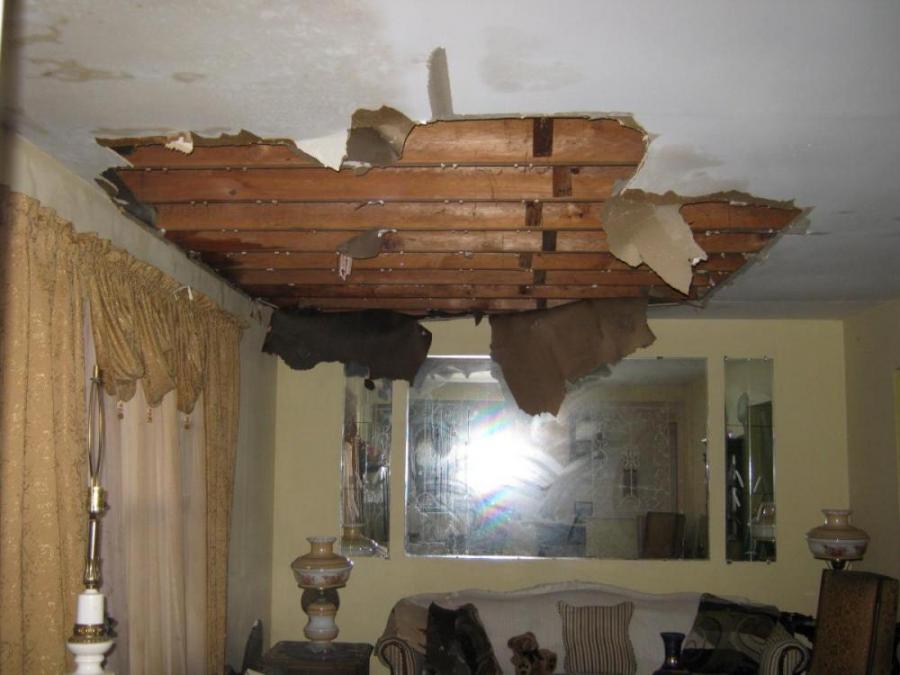Do's & Don'ts of Water Damages.
Do's & Don'ts of Water Damages.
Blog Article
The content below relating to Fire And Water Damage Prevention is extremely engaging. You should take a look.

Though water gives life, water breach on components where it's not expected to be can cause damage. If the water saturates into your framework, it can peel away surface areas and also deteriorate the structure. Mold and mildew and mildew additionally thrive in a wet environment, which can be hazardous for your health. Homes with water damage smell old and musty.
Water can come from lots of sources such as typhoons, floodings, burst pipes, leakages, as well as sewage system problems. In case you experience water damages, it would certainly be excellent to recognize some security preventative measures. Right here are a few standards on how to take care of water damage.
Do Prioritize House Insurance Policy Protection
Water damages from flood because of heavy winds is seasonal. You can additionally experience a sudden flood when a faulty pipe unexpectedly breaks into your home. It would be best to have house insurance coverage that covers both disasters such as natural tragedies, and also emergency situations like busted plumbing.
Do Not Neglect to Switch Off Energies
This reduces off power to your whole residence, avoiding electric shocks when water comes in as it is a conductor. Don't neglect to turn off the primary water line shutoff.
Do Stay Proactive and also Heed Weather Condition Signals
Storm floods can be extremely uncertain. If there is a history of flooding in your community, remain positive and also ready. If you live near a river, lake, or creek , listen to evacuation cautions. Obtain belongings from the first stage and basement, after that placed them on the highest feasible degree. Doing so decreases potential home damage.
Don't Disregard the Roofing System
Prior to the weather condition transforms terrible, see to it you have a roofing examination. As a matter of fact, it would certainly be prudent to receive this service annually as it can reduce intricate issues. You can stay clear of rain damage if there are no holes and leaks in your roofing. Your roofing contractor will also look after defective gutters or any other signs of weakening. This will prevent water from moving down your wall surfaces as well as soaking your ceiling.
Do Pay Attention to Tiny Leaks
A ruptured pipe does not occur over night. You might see gurgling paint, peeling off wallpaper, water touches, water stains, or dripping sounds behind the walls. Have your plumbing repaired prior to it results in massive damages.
Do Not Panic in Case of a Ruptured Pipeline
Maintaining your presence of mind is important in a time of dilemma. Panicking will only worsen the trouble due to the fact that it will stifle you from acting fast. Timing is key when it comes to water damages. The longer you wait, the more damages you can anticipate. Thus, if a pipeline bursts in your home, immediately shut down your main water shutoff to cut off the resource. Then unplug all electric outlets in the area or switch off the circuit breaker for that part of your house. Ultimately, call a trusted water damages reconstruction professional for support.
Water gives life, water breach on components where it's not supposed to be can result in damages. Residences with water damage odor old as well as moldy.
Water damages from flood fees to heavy winds is seasonal. You might discover bubbling paint, peeling off wallpaper, water touches, water stains, or trickling noises behind the walls. When it comes to water damages, timing is crucial.
Some Do's & Don't When Dealing with a Water Damage
DO:
Make sure the water source has been eliminated. Contact a plumber if needed. Turn off circuit breakers supplying electricity to wet areas and unplug any electronics that are on wet carpet or surfaces Remove small furniture items Remove as much excess water as possible by mopping or blotting; Use WHITE towels to blot wet carpeting Wipe water from wooden furniture after removing anything on it Remove and prop up wet upholstery cushions for even drying (check for any bleeding) Pin up curtains or furniture skirts if needed Place aluminum foil, saucers or wood blocks between furniture legs and wet carpet Turn on air conditioning for maximum drying in winter and open windows in the summer Open any drawers and cabinets affected for complete drying but do not force them open Remove any valuable art objects or paintings to a safe, dry place Open any suitcases or luggage that may have been affected to dry, preferably in sunlight Hang any fur or leather goods to dry at room temperature Punch small holes in sagging ceilings to relieve trapped water (don't forget to place pans beneath!); however, if the ceiling is sagging extremely low, stay out of the room and we'll take care of it DO NOT:
Leave wet fabrics in place; dry them as soon as possible Leave books, magazines or any other colored items on wet carpets or floor Use your household vacuum to remove water Use TV's or other electronics/appliances while standing on wet carpets or floors; especially not on wet concrete floors Turn on ceiling fixtures if the ceiling is wet Turn your heat up, unless instructed otherwise

Do you enjoy more info about Fire And Water Damage Prevention? Put a review below. We will be delighted to hear your thinking about this article. We are looking forward that you visit us again soon. Sharing is caring. Helping people is fun. Thank you for your time invested reading it.
Report this page